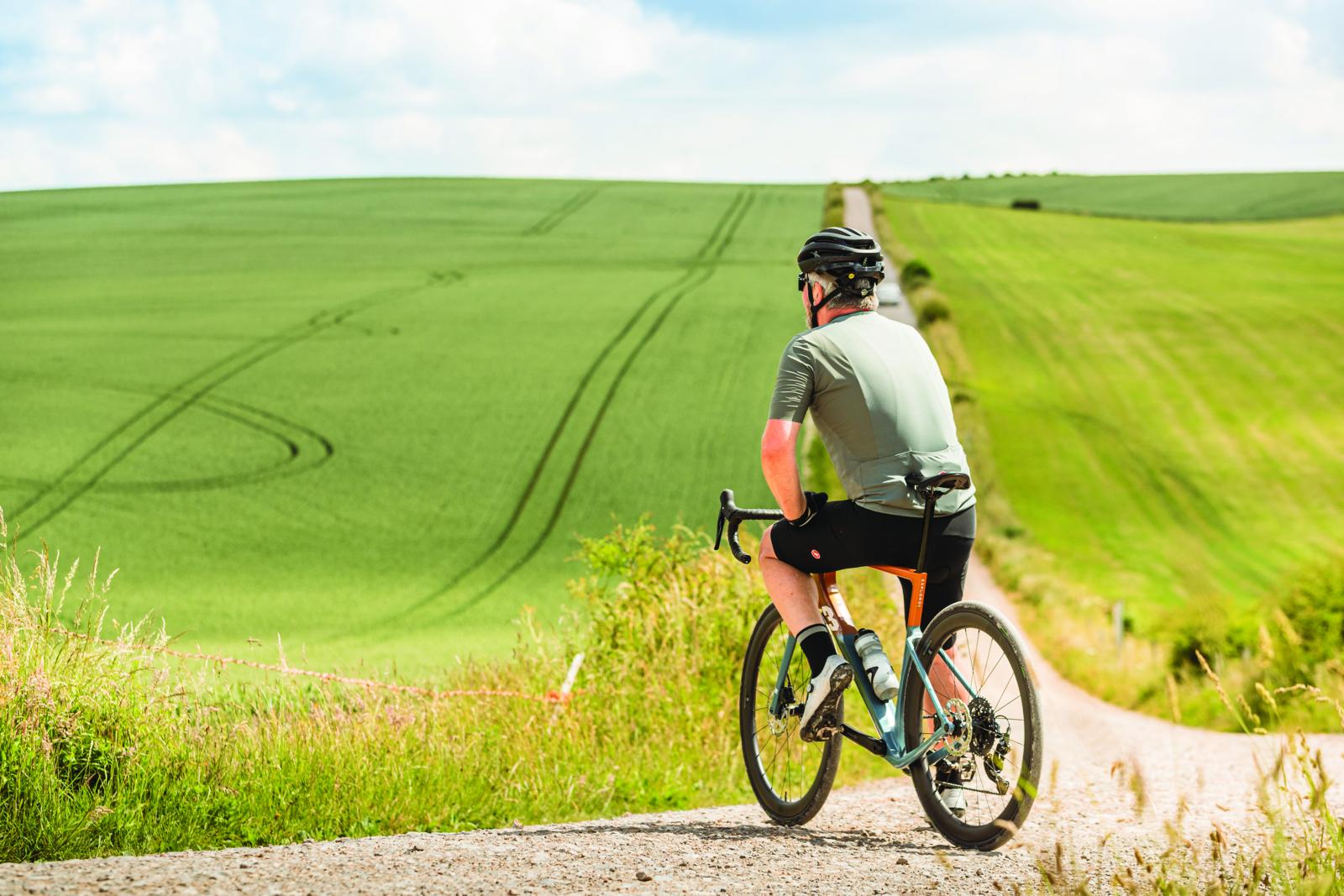I’ve been testing a huge number of gravel bikes over the last 12 months, culminating in our Gravel Bike of the Year victor – Parlee’s epically capable Taos.
Above all, thousands of miles of testing have shown that, unlike in years past, gravel design has now evolved to the point where no matter what sort of gravel rider you are, there’s now a superb bike out there for you – and at all price levels, too.
Gravel is still a relatively new category. We only started seeing the growth of gravel bikes in the mid-2010s.
Yes, we’d had outliers before: Salsa’s Fargo, Genesis's original Croix de Fer, and Specialized’s Tricross, but it wasn’t until 2014 when GT unveiled its original Grade (though labelled as an ‘endurance’ all-road bike at the time) that gravel started to get taken seriously by the biggest brands.
Now, the gravel market is settling into more established, well-proven sub-sections – and that’s a good thing for you and me.
Bike of the Year is supported by Auto-Trail

Big thanks to sports campervan specialists Auto-Trail for supporting our Bike of the Year 2025 test. Head to auto-trail.co.uk for more details about their range, including the cycling-specific Auto-Trail Expedition 68, which features a purpose-built bike garage.
Gravel’s difficult teenage years

Along the way to this maturity, we’ve had groundbreaking bikes like Open’s original U.P., Cannondale’s lefty-equipped Slate, and latterly the Topstone Lefty, as well as Specialized’s suspension adopting Diverge and Diverge STR.
We’ve also seen adaptable aero options from Rondo with the HVRT, 3T’s many Exploro incarnations, and more besides.
As with any emerging bike genre, it’s natural to see brands and their designers pushing boundaries, testing the limits, before eventually reigning things back to a performance sweet spot.
Think about full-suspension mountain bikes – they’ve had a myriad of evolutionary dead-ends, the Klein Manta and Trek Y-33 with their groundbreaking-but-not-exactly-efficient URT (unified rear triangle) designs spring to mind.

Gravel bikes haven't reached such extremes, but we’ve had plenty of bikes that pushed boundaries a little too far.
Evil’s Chamois Hagar and Nukeproof’s Digger RS stepped a bit more than many should like into the mountain bike realm – both a lot of fun, but we probably didn’t need gravity-focused gravel. Apro’s full suspension gravel bike broke boundaries in 2017, too.
Meanwhile, extreme gravel race bikes from BMC and Factor are essentially aero road bikes with big tyre clearances, and little more. Let’s also not forget Canyon’s wild take on gravel cockpits with the original Grail’s CP07 dual-tier handlebar.
A wealth of bikes that had more fixtures and fittings than your average DIY megastore have also appeared – fine for the few planning a transcontinental tour, but for the rest of us looking to pack light and carry essentials, it means just having a lot of extra bolts to stop from corroding.
More on Bike of the Year 2025
Warren Rossiter, BikeRadar's senior technical editor, headed up the gravel bike category for our Bike of the Year 2025 test.
With the Cannondale Topstone Carbon 1 Lefty AXS, Kinesis Tripster AT+ and Wilier Rave SLR ID2 earning highly commended nominations, Warren selected the Parlee Taos and Mondraker Arid as his finalists, with the Taos crowned as our Gravel Bike of the Year.
In this article, Warren reflects on how the fast-moving gravel category has evolved and what that means for riders.
Evolved design means now we truly have great gravel bikes

Over the last year, each of the sub-genres in the gravel category has gotten better and better. For a start, I’d given up on aero mixing it with gravel. I’d been so underwhelmed by the aero options to date, even if they objectively ticked boxes for hardened speed merchants.
Cervélo’s radical Áspero 5 and Wilier’s sublime Rave SLR ID2 (full review to be published soon) have made me think again.
Both are incredibly fast on gravel roads, and both are capable on more technical terrain (with the right build). They’re rightly highly commended this year.

At the more trail-focused end of the spectrum, Mondraker has produced the outstanding Arid Carbon RR, without getting too sluggish on the road. But if the Carbon version is a bit rich for your budget, it’s even made a more affordable version in aluminium.
If your budget is more modest again, I’d suggest checking out Marin’s built-for-fun Gestalt X10.
There have been lots more highlights besides, but bikes that meet the demands of more gravel riders, those whose rides could include a mix of a little tarmac, gravel roads, byways, bridleways, ridgeline trails, and some singletrack, are better than they’ve ever been.
More power to evolution, and the cross-terrain ability of these latest bikes.
2025 shows the way

If you’re looking into getting into gravel or upgrading a current bike, 2025’s mature range of bikes gives the best options to date across practically all price points.
You can check out my Gravel Bike of the Year head-to-head, between my two favourite examples of this new batch – the aforementioned Parlee Taos references at the top of this article, and the Mondraker Arid Carbon RR.
Both bikes are on the pricer end of the spectrum, but don’t forget that decent value alternatives also exist, including the Kinesis Tripster AT+ (another bike to earn a highly commended accolade this year).
The bottom line is this, though: now that gravel's experimental phase seems to be over, we’ve got a wealth of great bikes to suit all types of gravel riders, and that fact should be widely celebrated.




